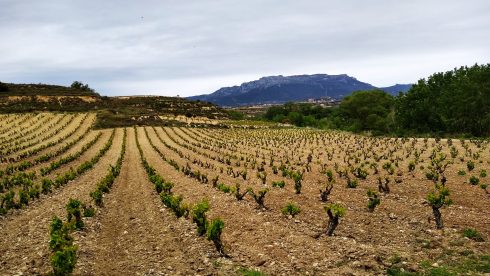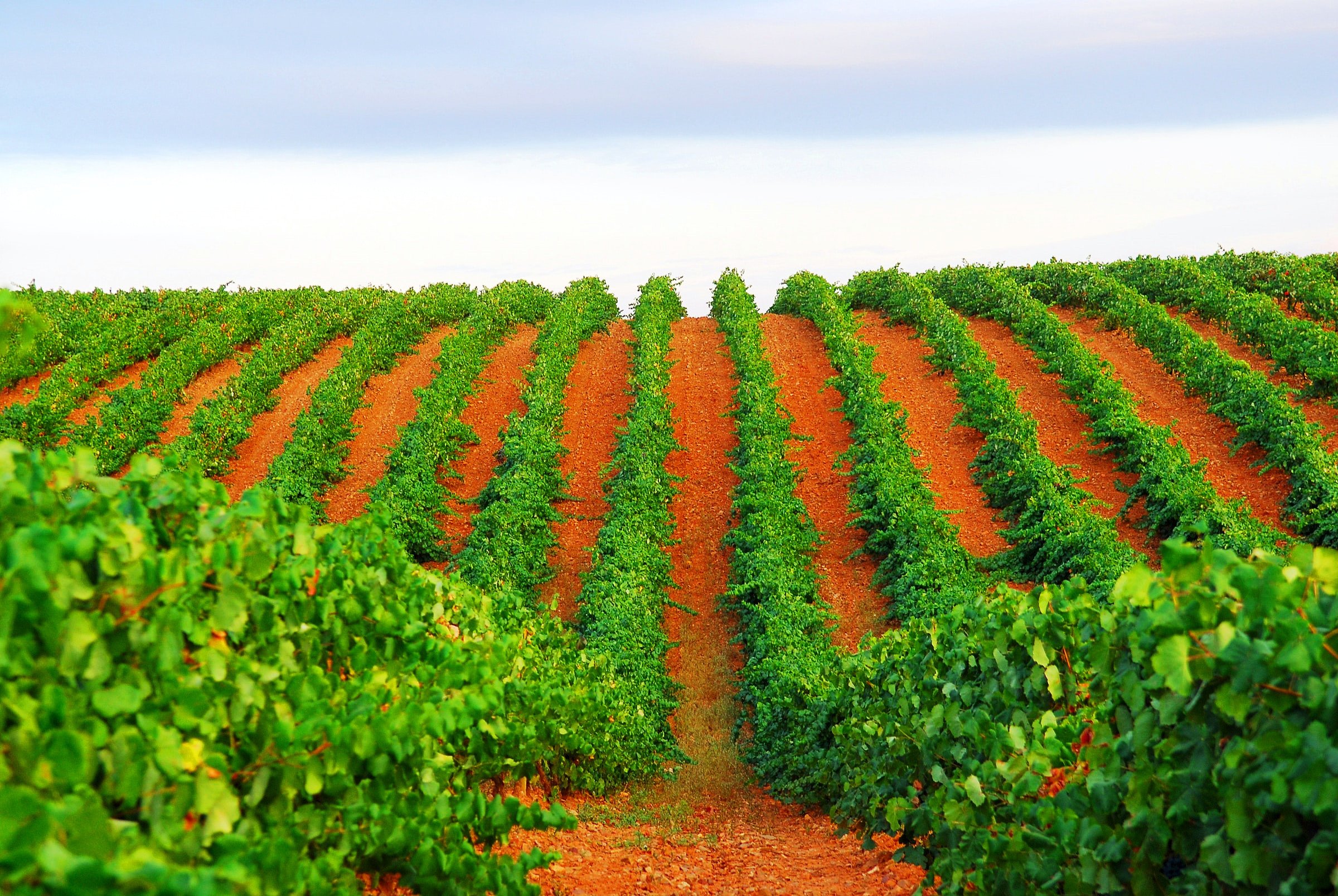WITH areas of vineyards around the world being lower than ever before, Spain still has vast swathes of countryside dedicated to grape growth.
Countries such as Iran, Turkey and USA have all significantly reduced their vineyard numbers, meaning worldwide coverage is at an all-time low, albeit stabilising since 2017.

But Spain remains the top country in the entire world for vineyards, with just short of a MILLION hectares focused on viticulture.
The 961 thousand hectares dedicated to Tempranillo, Grenache, Merlot and so many other grape-types is equivalent to an area bigger than Cyprus.
Why is so much space needed?
Spanish vineyards require a lot of space due to the spacing of the old vines to allow for ventilation to produce higher quality grapes.
The dry climate and arid soil also limits yield, so vineyards also require a lot of space.

But despite Spain having over 13% of the world’s vineyards, Italy still produces the most wine.
With approximately 400 grape varieties, 2020 data shows they produce 49 million hectolitres (6.4 billion bottles).
Portugal is second and Spain is third for production, with almost 41 million hectolitres (5.3 billion bottles) per annum.
Interestingly, both Italy and Spain export only half of the wine produced.
Italy sells 21.1 million hectolitres overseas, and Spain transports 20.8 million hectolitres abroad.
Wine consumption, production exports, and vineyards as surface area of the country were sourced from the OIV State of the World Vitivinicultural Sector in 2020 report
READ MORE: Expert tips on how to choose great festive wines from Spain to try this Christmas











